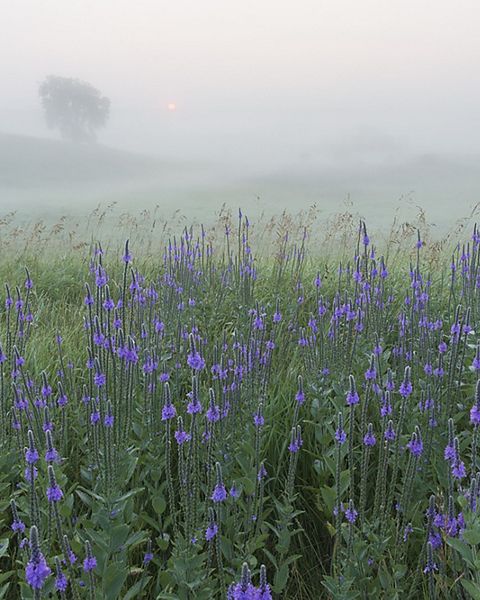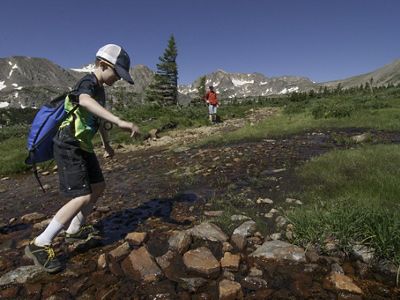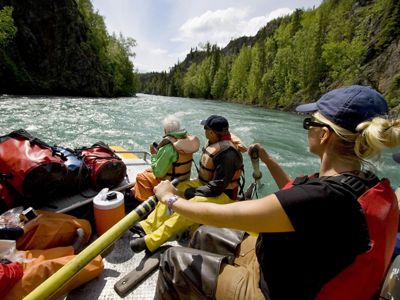The Land and Water Conservation Fund
Healthy land. Clean water. Recreational opportunities. Vibrant working landscapes.
LWCF needs robust funding to support healthy lands, clean water, recreational opportunities and vibrant working lands.
America’s natural landscapes are unique, irreplaceable resources central to our health, economy and way of life.
But development, unsustainable uses and other threats are jeopardizing their futures.
At its core, the Land and Water Conservation Fund (LWCF) is about balance, leveraging one public resource – offshore oil and gas reserves – to conserve important lands and waters for future generations.
Since LWCF’s enactment over a half-century ago, forests, open spaces, watersheds and other landscapes in every state have been protected.
National parks, forests, trails, wildlife refuges and athletic fields across the country owe their existence and continuity to LWCF. All these places have helped boost local economies and create jobs.
With 50 acres of farm and ranch land lost to development every hour in the United States, according to American Farmland Trust, it is critical Congress ensures LWCF has the resources and tools it needs for the next generation of conservation.

What LWCF Supports
- Important recreational access for hunting and fishing.
- Natural areas that sustain clean water and provide other community benefits.
- Working farms and ranches.
- National parks and forests.
- Neighborhood parks and trails.
- Historic battlefields and cultural sites.
- Fish and wildlife refuges.
LWCF Action in Congress
LWCF has a long track record of robust support in Congress. In 2019, Congress approved bipartisan legislation to permanently reauthorize LWCF. It then built on that work the following year when it approved the Great American Outdoors Act, a bipartisan proposal to permanently fund LWCF at $900 million a year.
These two efforts positioned the fund to provide more support for landscape-level conservation. However, project demand in every state and county continues to far outstrip the $900 million a year allocated to the program.
The Nature Conservancy calls on the administration and Congress to provide an additional investment of $450 million in discretionary funds to address the ready-to-go project opportunities across the country.
Land and Water Conservation Fund: A Timeline
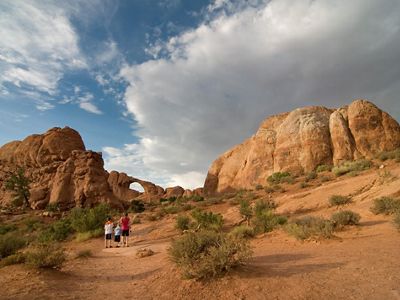
Establishment: After a commission's study, the Land and Water Conservation Fund was proposed by President John F. Kennedy. President Lyndon B. Johnson in 1964 signed a latter version.
Lasting Conservation: 50 years of conservation for national parks, community forests, drinking water protection and much more throughout the country, creating jobs and boosting local economies.
Authorization and Funding
With challenges to authorization and funding, the LWCF Coalition kicks into high gear to show Congress the many benefits of sound, continued funding for conservation.
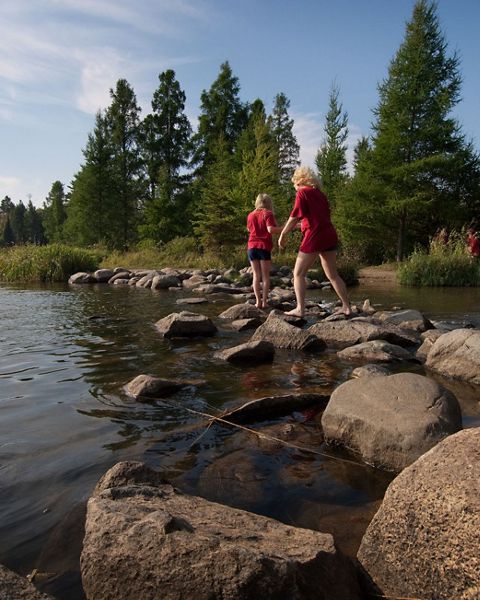

Permanent Reauthorization: In bipartisan move, lawmakers permanently reauthorize LWCF. Campaign for funding continues.
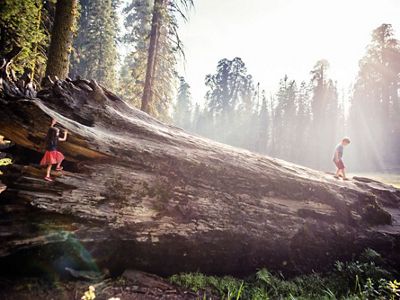
Full Funding: SUCCESS! Congress approves Great American Outdoors Act, which fully and permanently funds LWCF at $900 million a year and directs $1.9 billion annually for five years toward maintenance in national parks and on public lands.
Conservation = Economic Gains
Sustained investment in LWCF will stimulate the economy, create jobs and protect U.S. infrastructure. LWCF makes substantial contributions by strategically securing the economic assets that federal, state and local public lands represent.
- Outdoor recreation drives $689 billion in consumer spending and supports 4.3 million U.S. jobs annually, according to the Outdoor Industry Association.
- Public lands and waters help drive the outdoor recreation economy. National parks, national wildlife refuges, national monuments and other public lands and waters account for $60.6 billion in economic output and about 469,000 jobs nationwide, according to the U.S. Department of the Interior.
- Home property values near parks and protected areas are often 20 percent higher than similar properties elsewhere.
- Visitor-driven business stimulates the economy in local communities surrounding national parks and other public lands. For example, more than 5,000 outfitters and guiding companies benefit from proximity and access to national forests.
- Protecting water sources through watershed, forest and wetland conservation is often a cost-effective way to ensure clean and adequate water supplies.
- The “value of ecosystem services provided by natural habitat in the 48 contiguous United States amount to about $1.6 trillion annually, which is equivalent to more than 10 percent of the U.S. GDP,” according to a 2011 report for the National Fish and Wildlife Foundation.
-
$689
billion in consumer spending from outdoor recreation.
-
4.3
million jobs supported by outdoor recreation.
-
$60.6
billion in economic output from national parks, national wildlife refuges, national monuments and other public lands.
-
$1.6
trillion in annual value of ecosystem services provided by natural habitat in the 48 contiguous U.S.

The outdoor recreation economy accounted for 1.8 percent ($374.3 billion) of current-dollar gross domestic product (GDP) for the nation in 2020.


